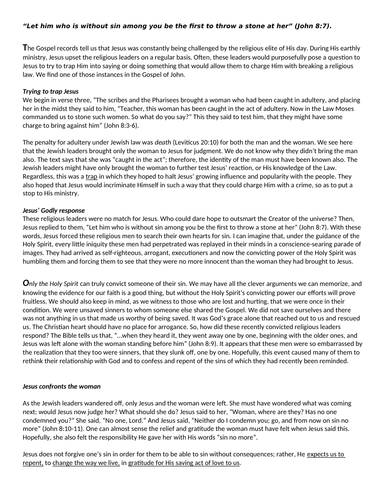

INTRO LESSON PLAN-
A great interactive idea is having the students analyze the front cover of the novel and talk about the symbolism of mirrors, glass and broken glass. I start discussing the theme of identity, true friendship, peer pressure, the beauty of scars and the pains of growing. I connect that to prejudice, making mistakes, believing in second chances, and the power of forgiveness. I do this by teaching the famous anecdote in the Bible where Jesus dares those without sin to cast a stone at another. After I show them the video clip attached, and teach them the article, I give each student a stone and a marker… I ask each to anonymously write down something they wish they could take back or let go of and ask them to drop the stone in a class bucket when they are done (no one is ever allowed to look at another stone in the bucket) At the end of the novel we go back to the stones, and we read each one by one [anonymously] . We then ask each other for forgiveness and to let go of all the things written on those stones. As a class we walk outside under a tree and bury the stones learning what it means to REPENT and become a better person and strive to be better moving forward
SYNOPSIS: The First Stone Background. First published in 2003, The First Stone is a fictional novel about a troubled boy and a grieving girl, both running their own course to heal their broken pasts. Reef, the main character, cannot contain his anger after his grandmother’s passing - the only person he felt really loved him Leeza, the supporting character feels like her life has been turned upside down and kicked away after her older sister dies. Don Aker crafts a special and clever plot, making the two characters’ lives collide in unexpected ways.
The novel is recommended to readers in their mid-teens because of some mature content and “a fair bit of swearing”. Though it is dark story, Aker manages to inject some humor and light into the complicated and heavy plot. The book has a sequel called The Fifth Rule, published in 2011.
Something went wrong, please try again later.
This resource hasn't been reviewed yet
To ensure quality for our reviews, only customers who have purchased this resource can review it
Report this resourceto let us know if it violates our terms and conditions.
Our customer service team will review your report and will be in touch.